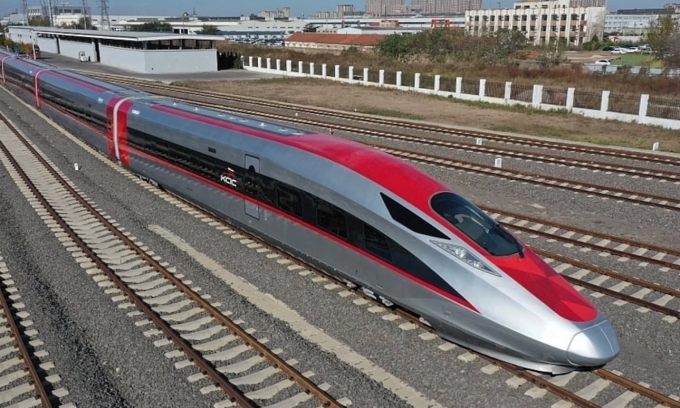
VinSpeed High-speed Railway Investment and Development Joint Stock Company - a newly established enterprise in the Vingroup ecosystem for more than 10 days - proposed to invest in the North-South high-speed railway line with a total investment of about 67 billion USD, equivalent to about 14% of Vietnam's GDP by the end of 2024. The enterprise expects to start the project before December 2026 and operate the entire line before December 2030.
| Mechanism for the project (approved by the National Assembly ) | VinSpeed recommends | |
| Investment form | Public investment or public-private partnership PPP, the State is the investor | Direct investment project under Investment Law; Vinspeed is the investor |
| Capital plan | The State mobilizes capital through issuing government bonds, ODA, foreign loans... | Vinspeed self-arranged 20%, borrowed 80% from the State with no interest for 35 years |
| Land exploitation | Developing, exploiting land funds and added value from land in the vicinity of stations | Exploiting land funds near train stations to develop urban areas and real estate projects |
| Investment period | Maximum 70 years (According to Public Investment Law) | 99 years |
| Completion time | 10 years | 5 years |
Shift from state investment to private direct investment
According to the National Assembly Resolution, the North-South high-speed railway project is invested by the State and implemented in the form of public investment. To carry out this project, VinSpeed proposed to switch to the form of direct private investment. That is, Vinspeed will become the project investor, instead of the State.
Many experts support the idea of giving private enterprises a leading role in major projects. Dr. Le Duy Binh, Director of Economica Vietnam, said that ideas from private enterprises to participate in key infrastructure projects should be welcomed.
According to him, the participation of private enterprises in large infrastructure projects is an orientation being set by the operator, helping to mobilize large resources from the private sector to ensure capital needs, without affecting the budget or public debt. Instead of investing in such infrastructure projects, the State can use budget resources in other key areas such as innovation, research and development or priority areas such as health, education, environment, national defense and security.
Professor, Dr. Bui Xuan Phong, former Chairman of the Vietnam Railway Economics and Transport Association, assessed that, in general, if assigned to private enterprises, they would be able to take advantage of private capital, dynamism, decisiveness and strict management to participate in project implementation. In fact, Vinspeed proposed to implement the project in 5 years - half the original expected time.
However, experts also note that special superiority or preferential mechanisms must be transparent and harmonized to avoid risks and too much concentration of benefits on a few businesses.
In fact, Vietnam has had infrastructure projects directly invested by private investors, such as Van Don International Airport, but there has not been any project as large-scale as the high-speed railway.
Professor, Dr. La Ngoc Khue, former Deputy Minister of Transport, said that there is no precedent for a private enterprise to invest in such a large, strategic project, and there is no model in the world.
"We should not do anything different from the models that have been proven in practice," said Mr. La Ngoc Khue.
According to Professor Khue, the common form for private enterprises to carry out infrastructure investment projects is the public-private partnership (PPP) method, such as: BT (invest and transfer); BOT (invest, operate and transfer) or BTO (invest, transfer and operate)... Vinspeed has proposed to build and operate for 99 years, according to him, it can be implemented according to the BOT model.
Meanwhile, according to Mr. Nguyen Van Phuc, former Deputy Chairman of the National Assembly's Economic Committee, given the importance and dual-use nature of this project, if VinSpeed is truly capable, it can participate in the investment under the public-private partnership (PPP) model. Or he suggested that another form of participation is that Vinspeed can be the general contractor of the project, provided that it has sufficient capacity and experience in this field. After completing the construction, this unit can still participate with the State or enterprises in managing, operating and trading this high-speed railway line.
Borrow more than 41 billion USD interest-free from the State
VinSpeed was established in early May, with a charter capital of VND6,000 billion, less than 1% of the total project investment. To have capital to implement the project, VinSpeed wants to borrow from the State 80% of the total investment (VND1.25 million billion - about USD49.1 billion) without interest for 35 years from the date of disbursement. The remaining 20% of the capital will be arranged by the enterprise, equivalent to VND312,330 billion - about USD12.27 billion. The project proposed by VinSpeed has a total investment capital of about USD61 billion, excluding site clearance costs.
Ms. Dao Thuy Van, Deputy General Director of VinSpeed, affirmed that Vingroup determined this to be a "dedicated project for several decades". She explained that under this capital plan, the State only provides loans, not 100% of the investment capital. VinSpeed will "bear 20% of the total investment capital for the State and bear full interest on that amount". At the same time, they will repay the State in full after 35 years in the context that experts calculate the project's payback period can be up to 70 years.
Ms. Van also said that according to their research, 98% of high-speed railways in the world are losing money, only 2% are profitable. Not to mention, after about 30 years of operation, tens of billions of dollars will have to be reinvested for maintenance and upgrading.
"If handed over to VinSpeed, the State Budget will not have to bear these financial pressures," said Ms. Van.
Lawyer Truong Thanh Duc, Director of ANVI Law Firm, stated that the zero-interest loan is not a preferential treatment or to "save" businesses, but to implement an infrastructure project that the State should have fully invested in. "Mobilizing the private sector, even when incentives are needed, is to share the investment burden, speed up progress and increase governance efficiency," he added.
However, Mr. Duc also commented that asking for a loan of 80% of the capital from the State at 0% interest rate is "a very special request that needs to be carefully considered". To avoid bad precedents or abuse, this expert suggested that the Government have strict binding conditions, such as a commitment to limited profits, a transparent risk-benefit sharing mechanism, a requirement to repay a portion of the loan if the expected revenue is exceeded, or to publicize the entire implementation process.
However, he also said that the assessment should look at the special nature of the project. "This is not simply a traffic project, but a driving force for comprehensive socio-economic development. The State can completely consider those spillover benefits as an indirect contribution to the total investment," he said.
Exploiting land fund for urban areas
Another proposal of VinSpeed that has received much attention is the exploitation of land funds near train stations to develop urban areas.
VinSpeed affirmed that if it were only to collect land, it would not choose to "engage in a project that would certainly result in a loss, even a loss for decades". Because the two places with the highest value and potential, Hanoi and Ho Chi Minh City, no longer have room for real estate projects. Meanwhile, the places where stations are built are all located in the suburbs, far from the city center, absolutely not prime land, and according to Ms. Dao Thuy Van, are even farmland, with little value.
Meanwhile, the policy of exploiting land funds and added value from land in the vicinity of high-speed railway stations was approved in Resolution 172 to balance the capital invested in the project.
The urban development model following the TOD (Transit-Oriented Development) direction, with public transport as the center for urban development, is a popular trend and has proven effective in many developed countries. Lawyer Truong Thanh Duc believes that if implemented in the right direction, TOD can bring sustainable revenue through exploiting the added value of land and real estate around stations. This is a way for the State and investors to benefit from the positive impacts of the project.
However, he acknowledged that risks always exist. If not well controlled, TOD can be transformed into a model of "taking land to feed ships", prioritizing real estate benefits over transportation benefits. Therefore, operators need to have transparent planning, strict standards and independent monitoring mechanisms.
"This further shows that the State's role in coordination and control is indispensable," he added.
To ensure transparency, Mr. Duc said that the State should set out strict review criteria such as requirements for actual contributed capital, detailed financial plans, specific commitments to responsibility, and risk handling mechanisms. The operator can also establish an independent appraisal council (experts, representatives of ministries, professional organizations) to appraise technical plans, finances, environmental impacts, and investor capacity.
VinSpeed's proposal on investing in a high-speed railway project is being consulted with ministries and branches. The Ministry of Construction will compile these contents to report to the competent authority and submit to the National Assembly before May 20. The proposal to change the investment form as well as some specific mechanisms need to be approved by the National Assembly.
TH (according to VnExpress)Source: https://baohaiduong.vn/vinspeed-de-xuat-co-che-gi-cho-du-an-duong-sat-toc-do-cao-411788.html


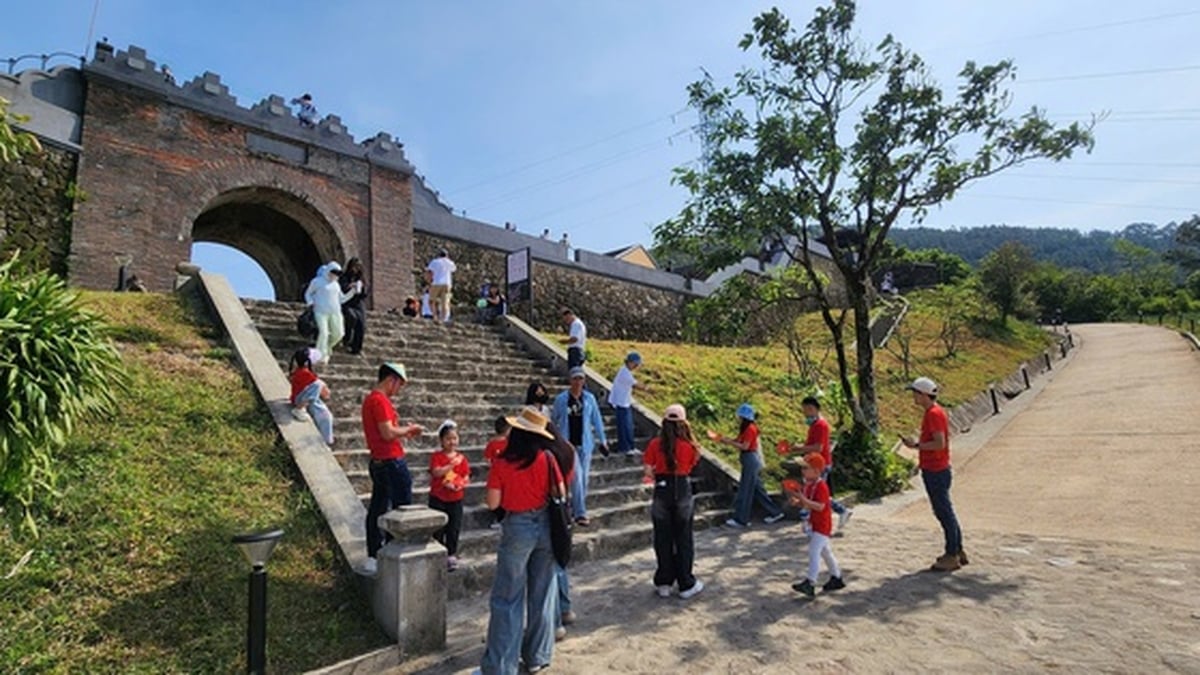
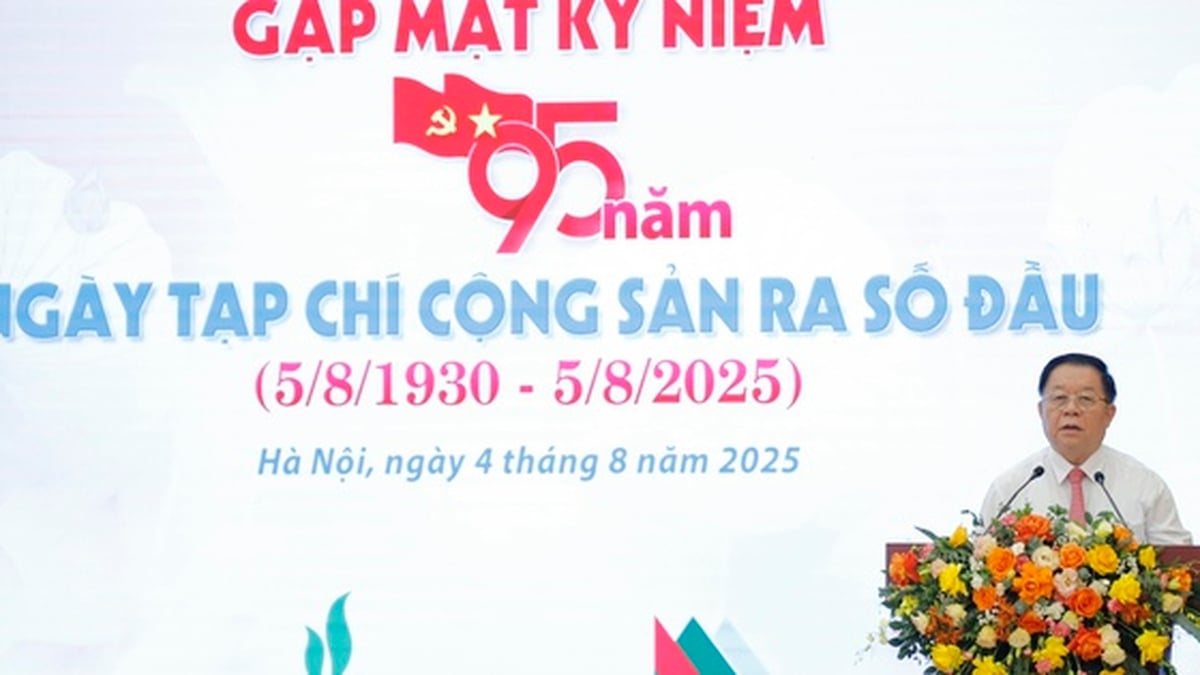
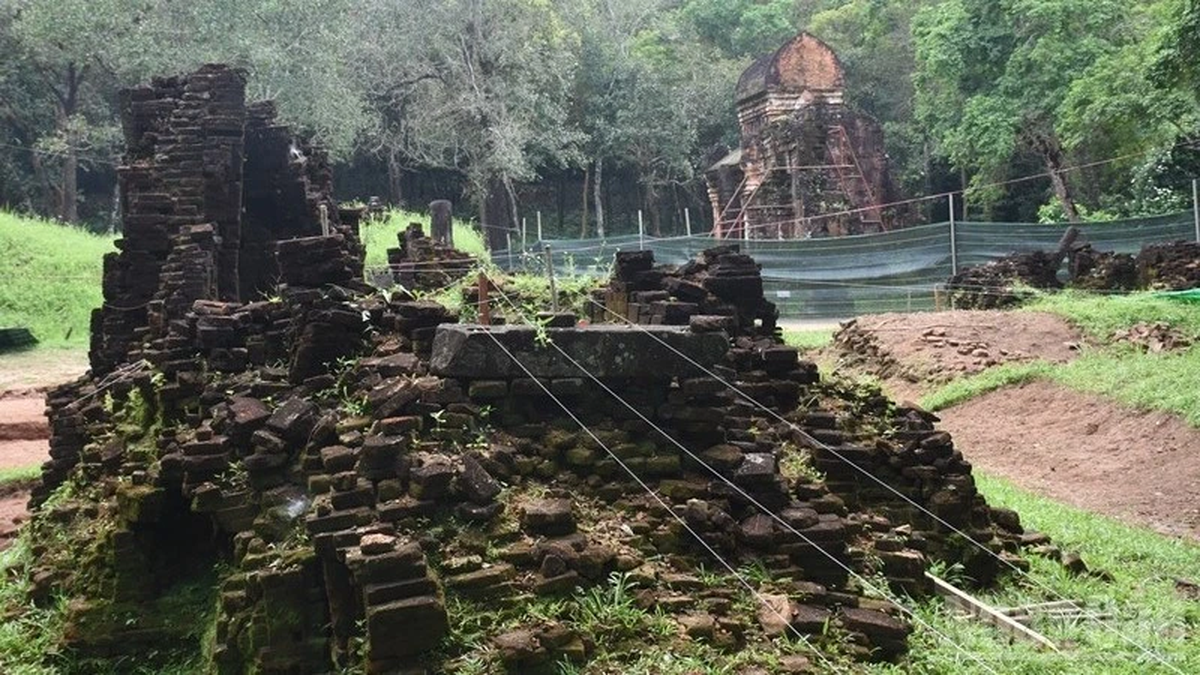
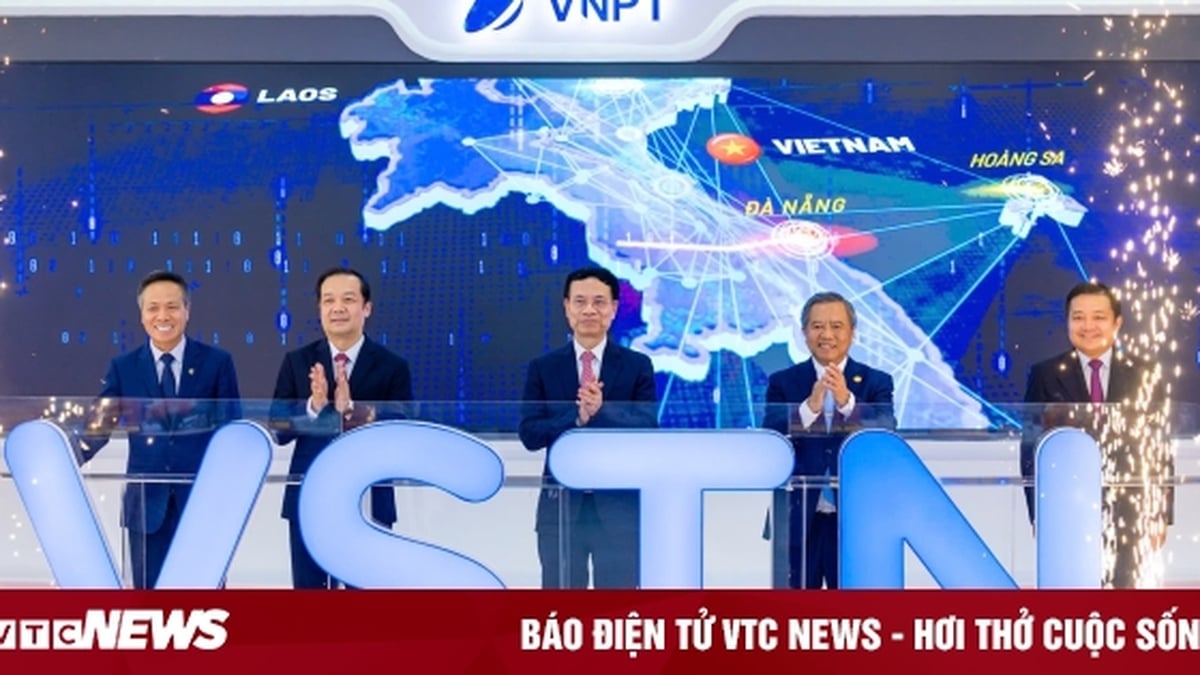
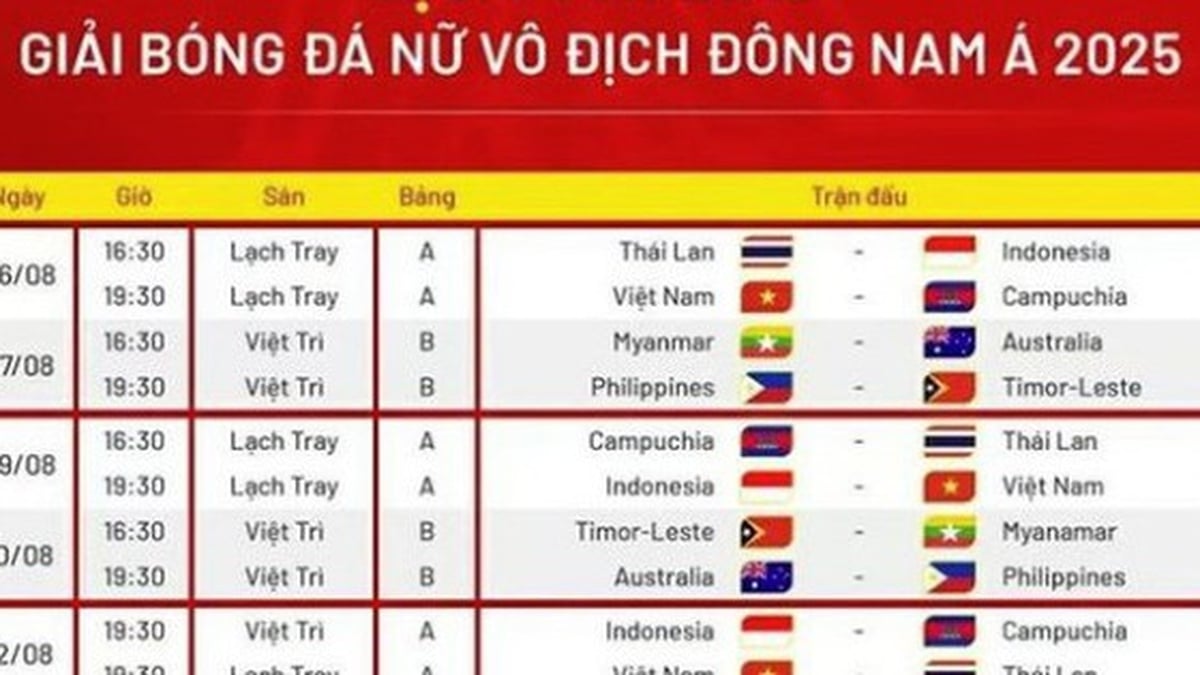
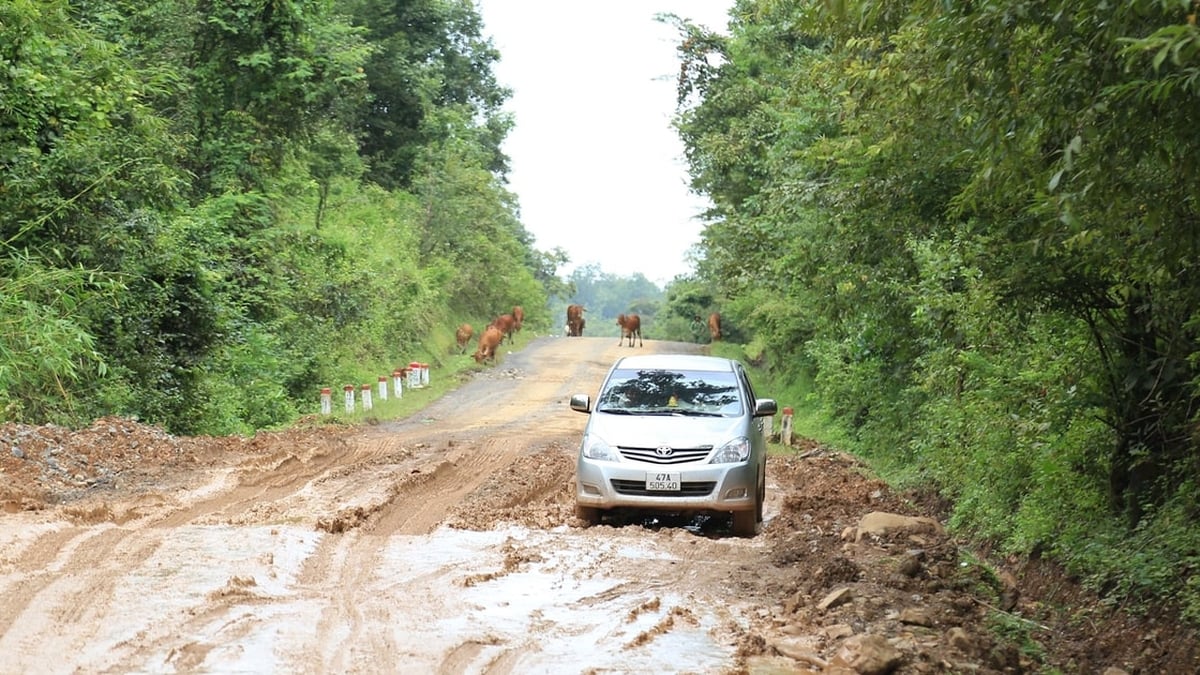
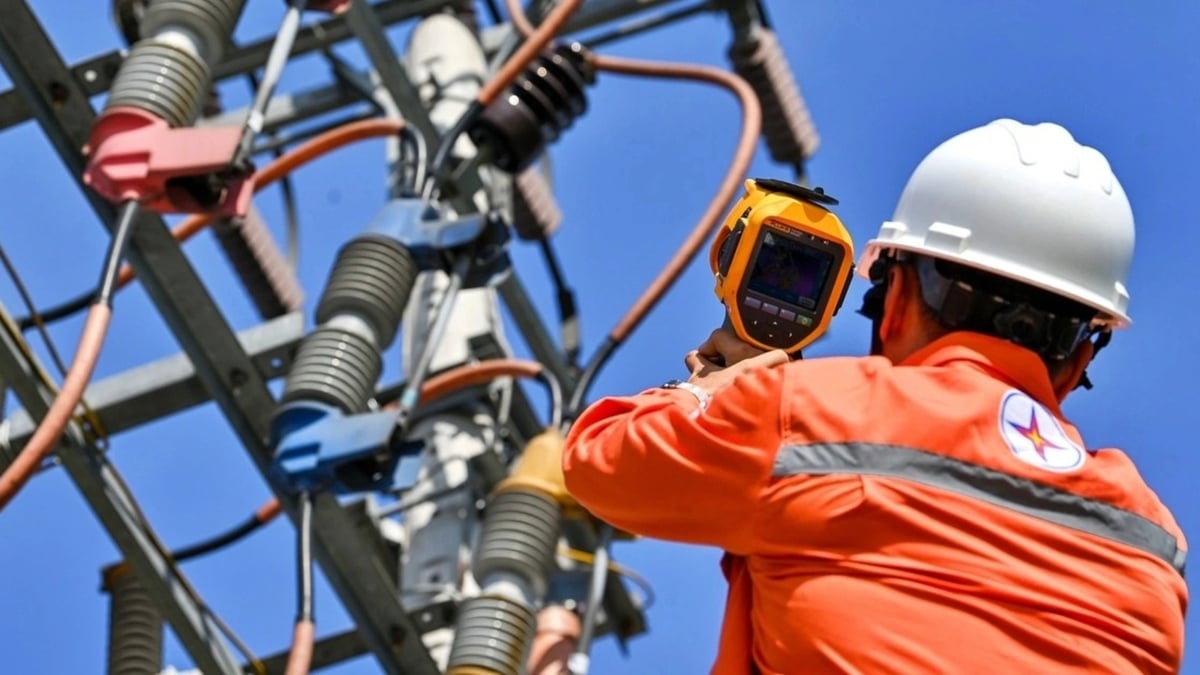

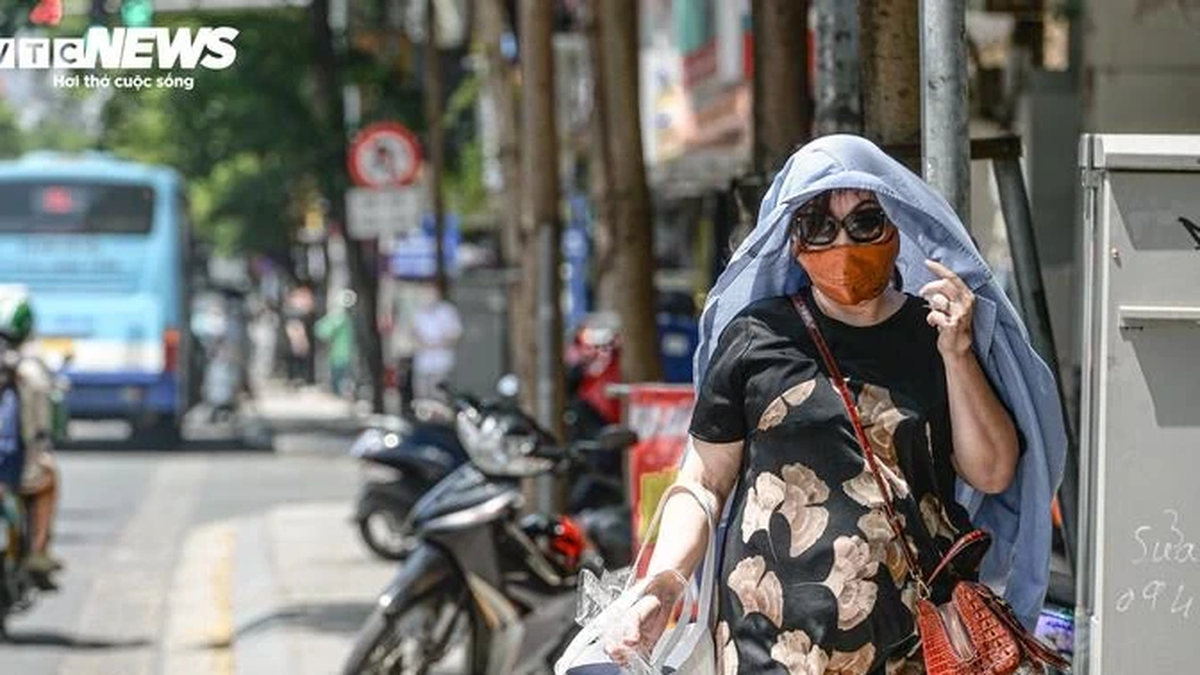
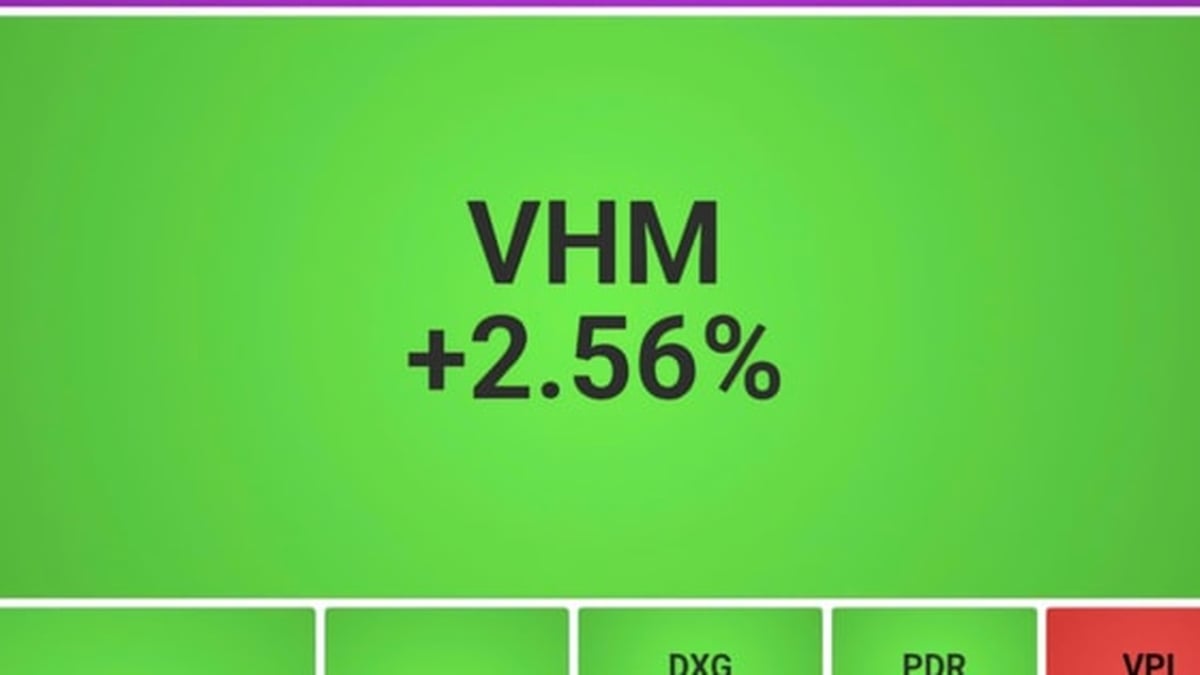











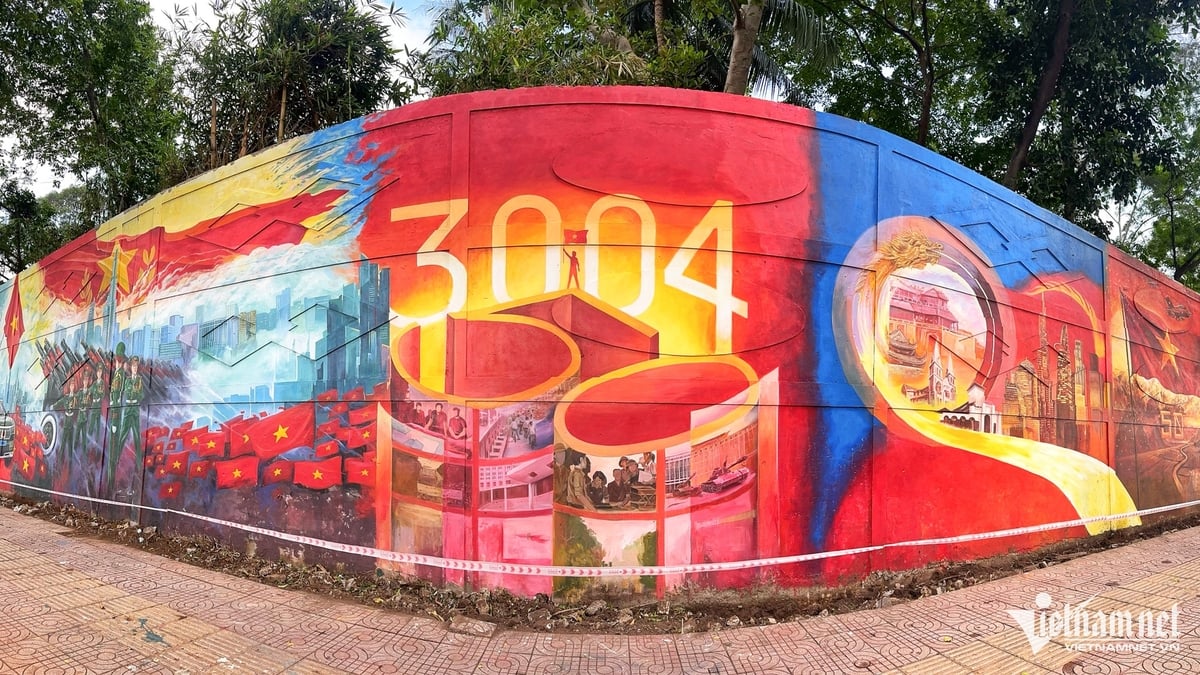


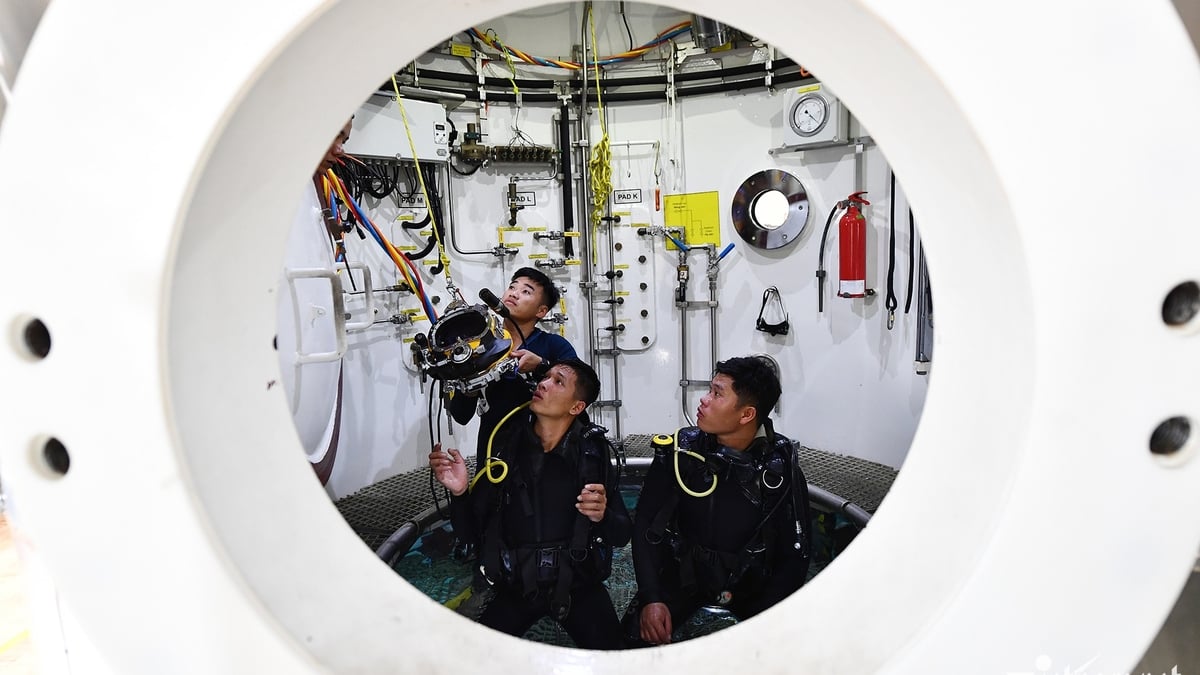



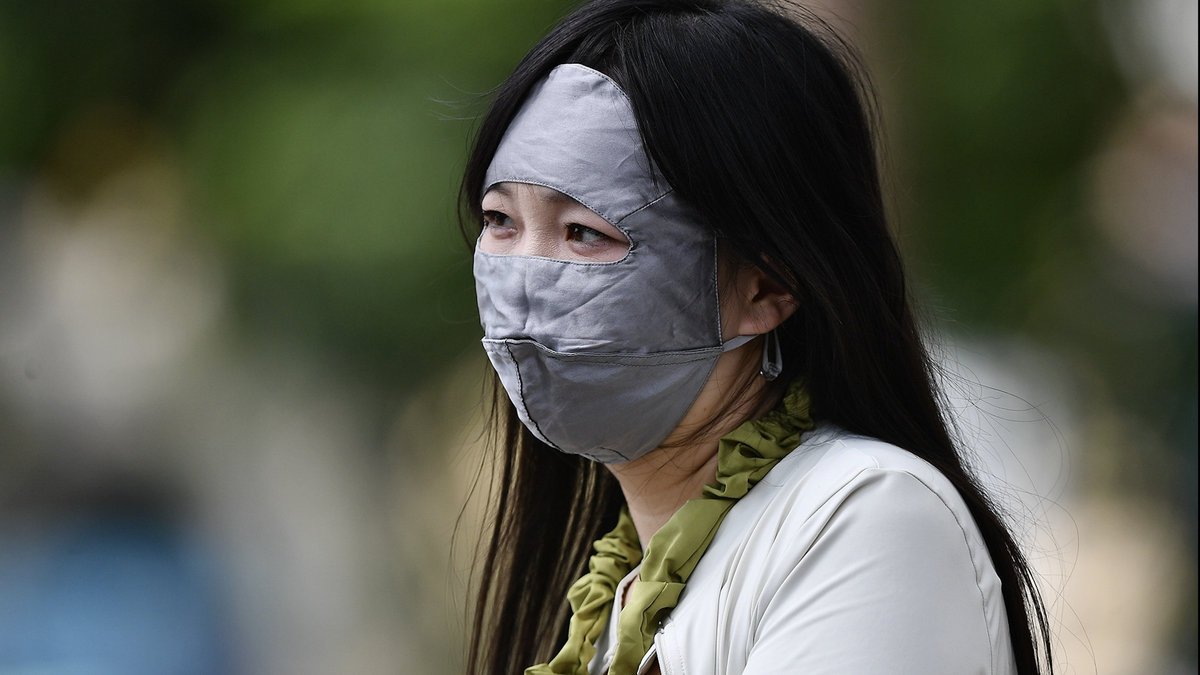



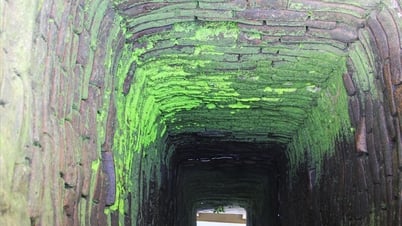

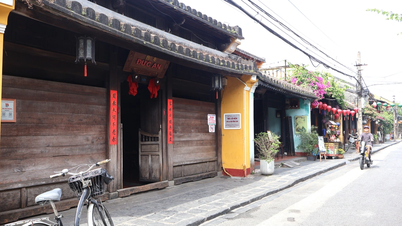

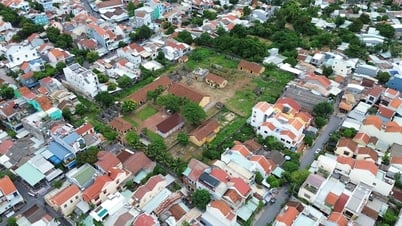







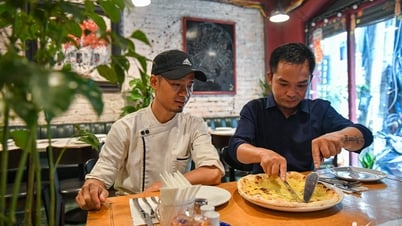








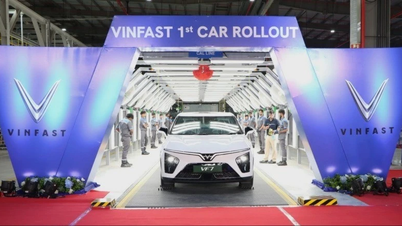



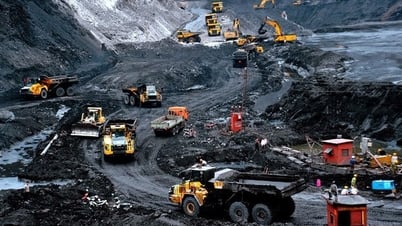
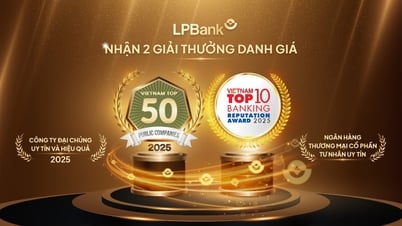

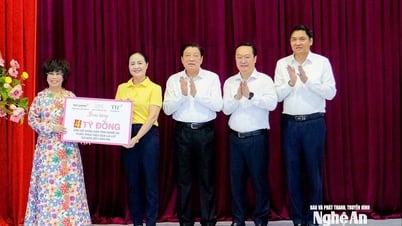







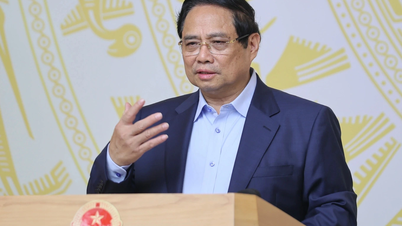
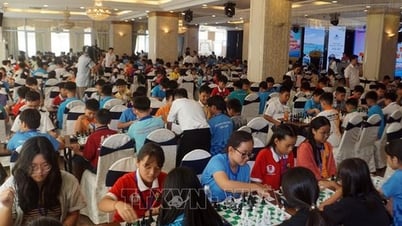


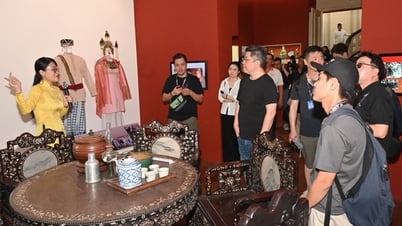
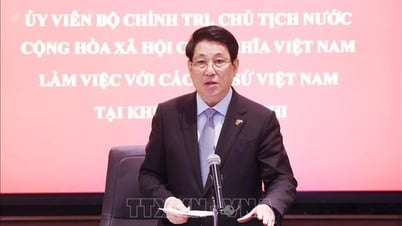

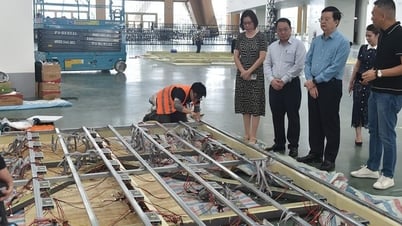
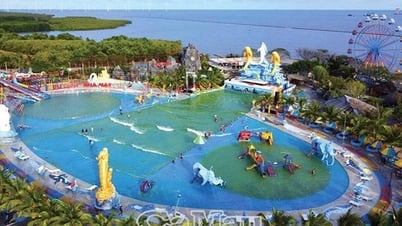







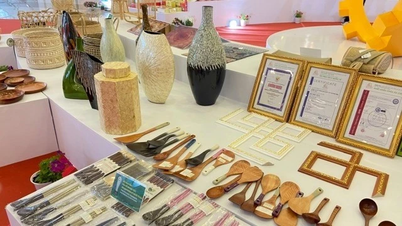
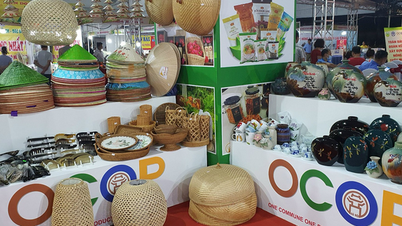
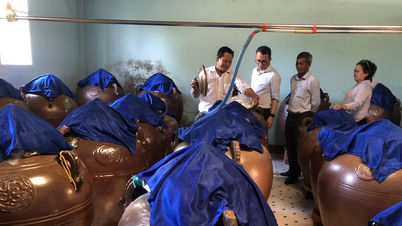



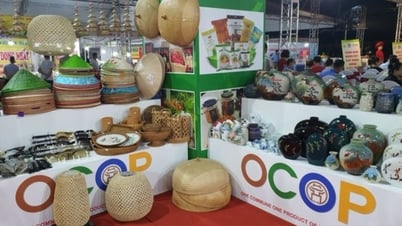

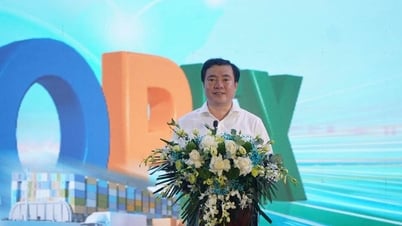


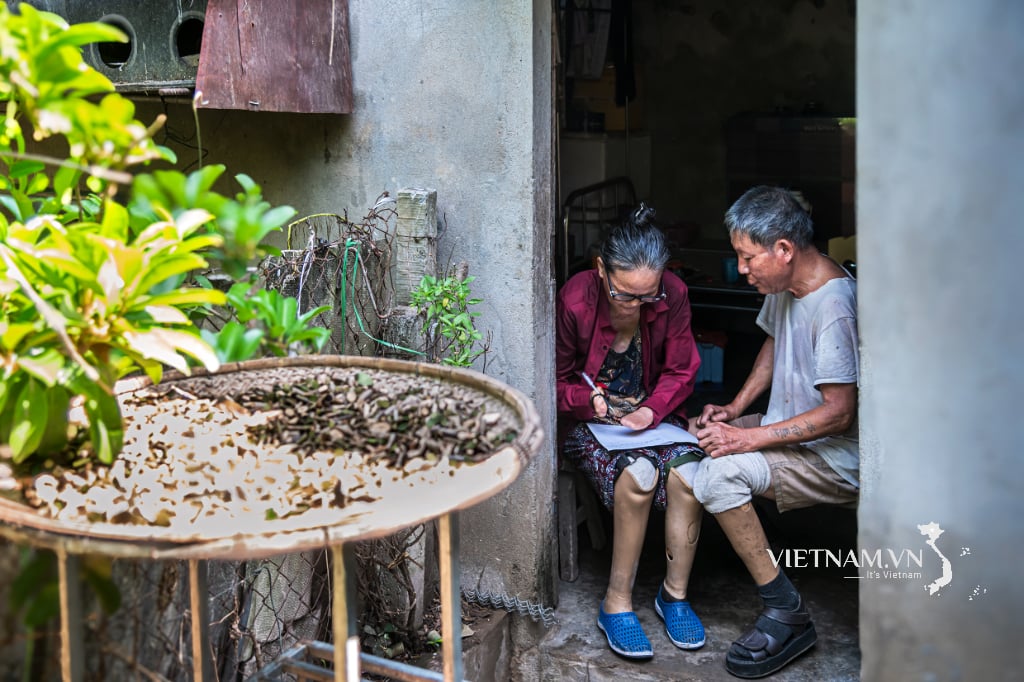
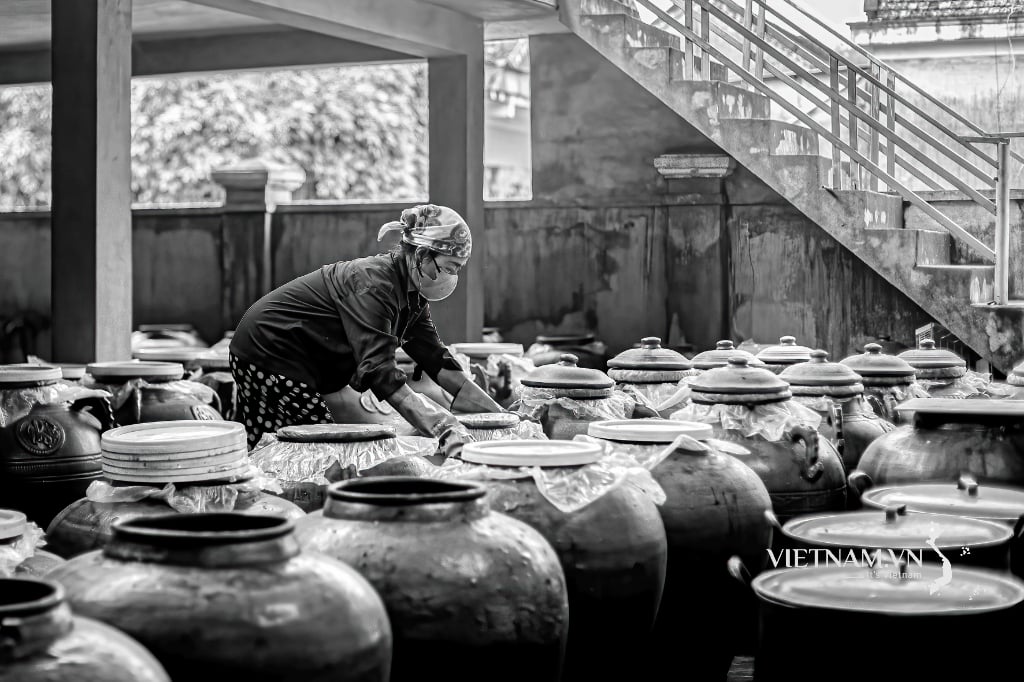

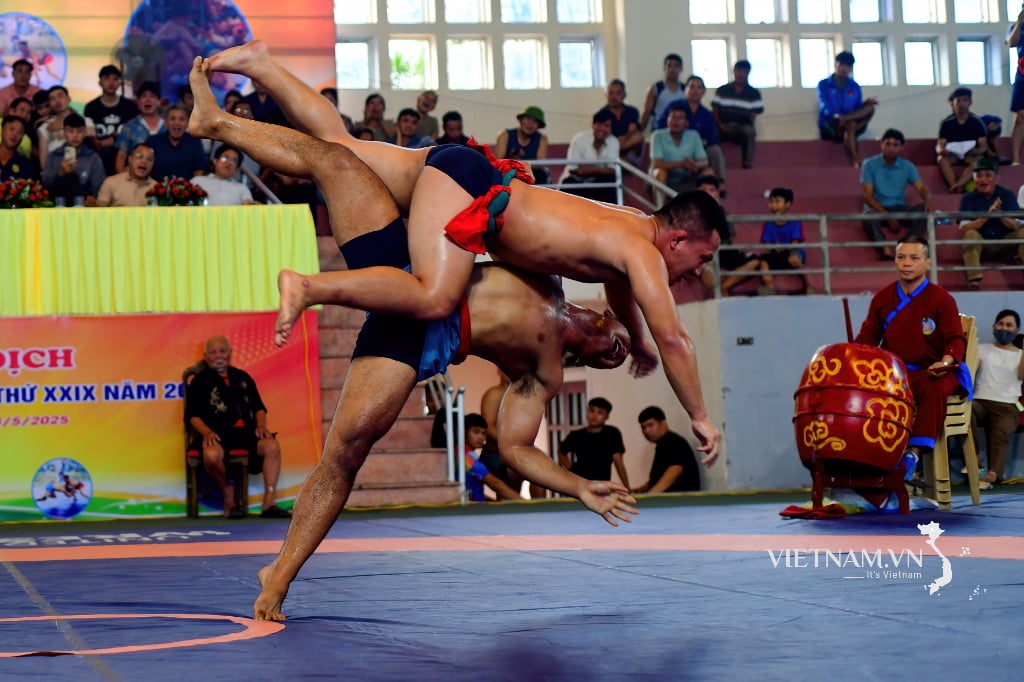
Comment (0)